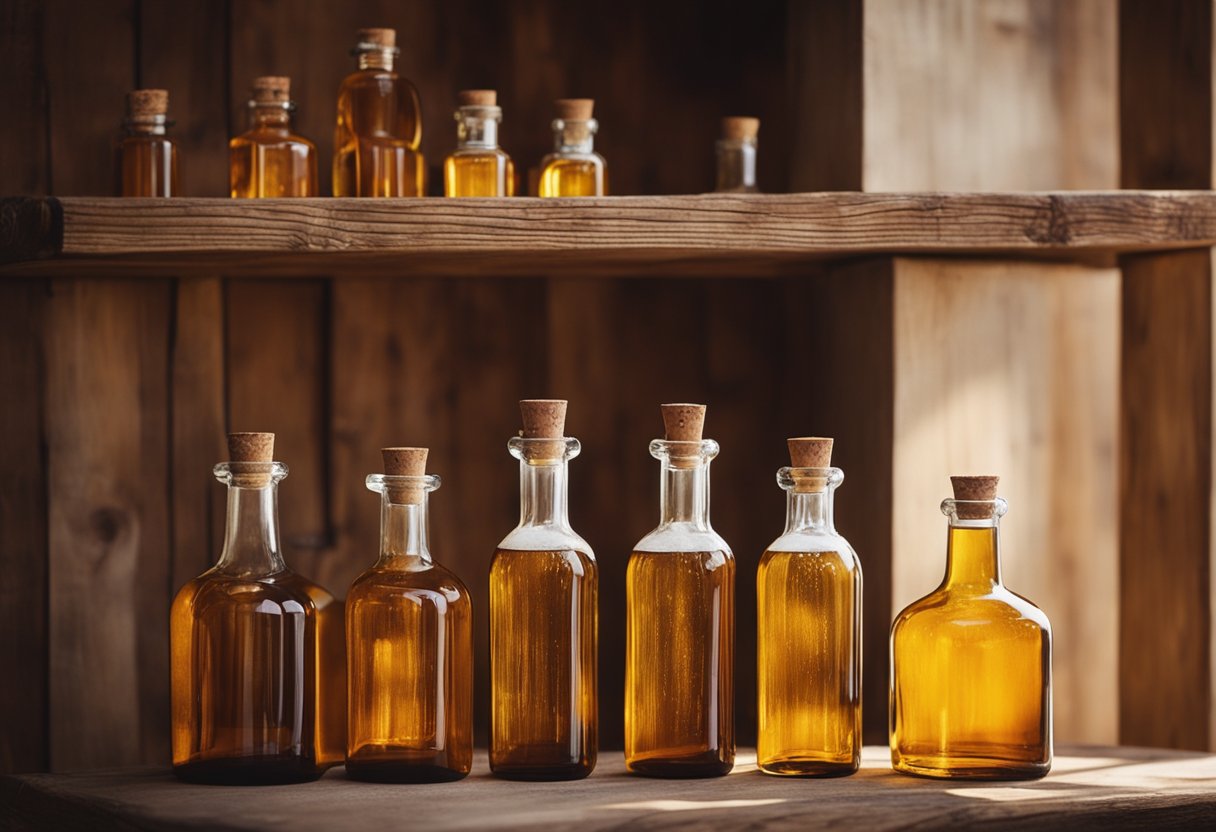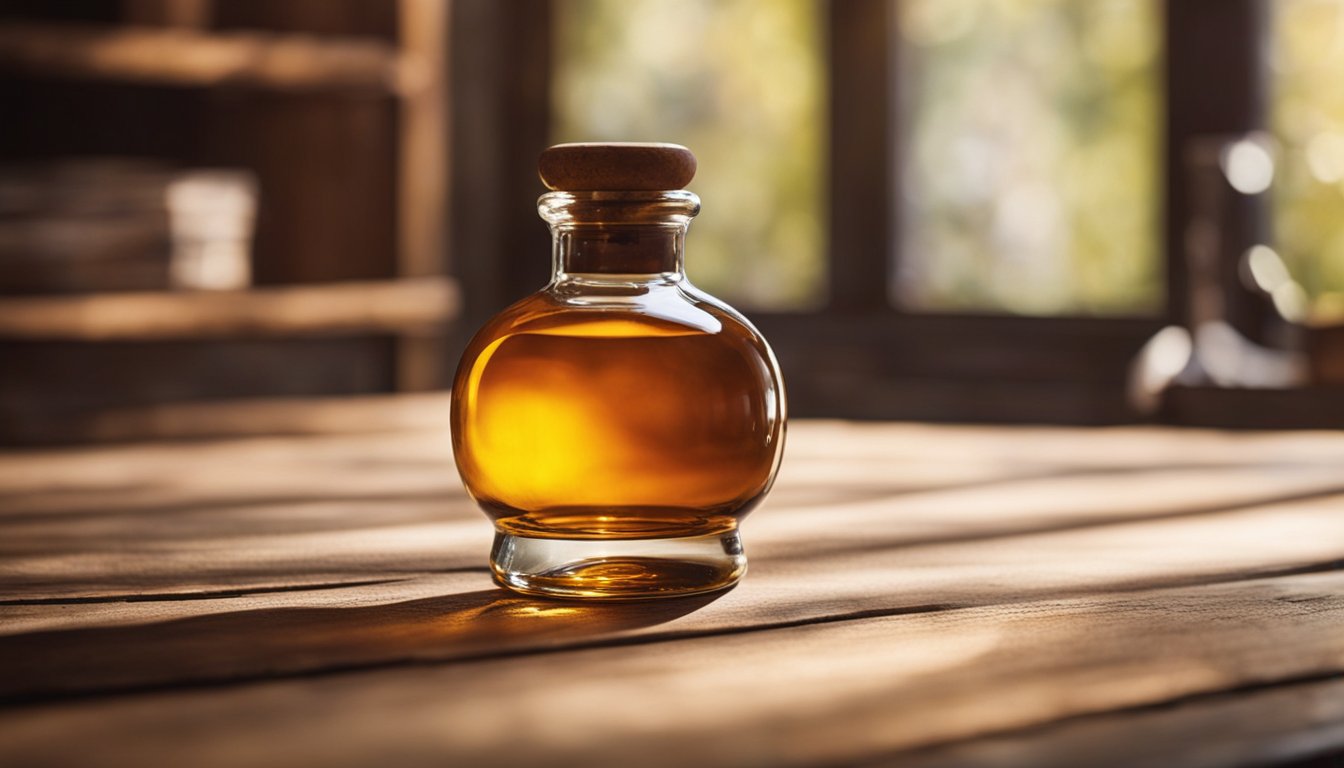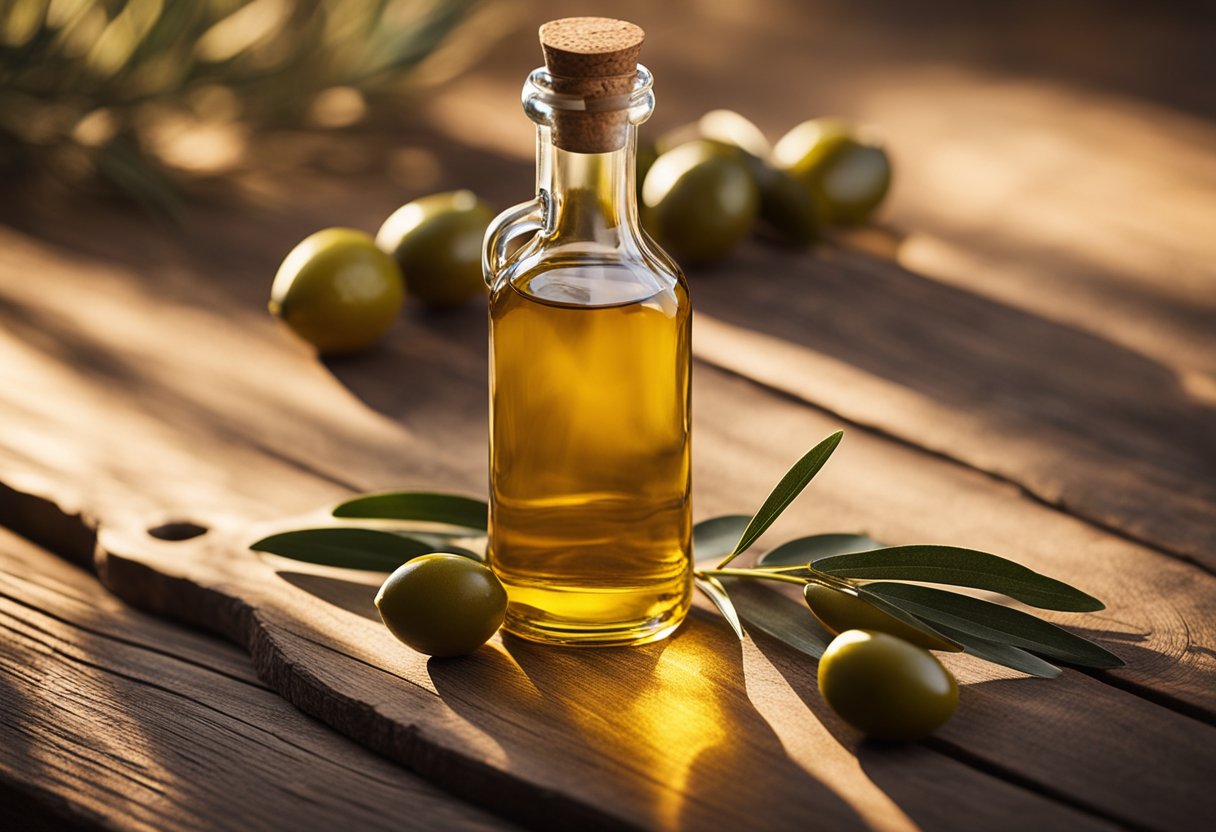If you’re a fan of cooking with olive oil, you probably know how important it is to keep your oil fresh and protected from light and air. One way to do this is by using an olive oil bottle. These bottles come in a variety of styles, sizes, and materials, and can be a stylish and practical addition to your kitchen.

When choosing an olive oil bottle, there are a few things to consider. First, you’ll want to think about the material. Glass bottles are a popular choice because they don’t react with the oil, but you can also find bottles made from ceramic, stainless steel, and other materials. You’ll also want to consider the size of the bottle and how much oil you typically use. Some bottles are designed to hold just a few ounces of oil, while others can hold up to a liter or more.
Another important feature to look for in an olive oil bottle is a pour spout or dispenser. A good dispenser will help you control the flow of oil and prevent spills. Some bottles come with built-in pour spouts, while others may require you to purchase a separate dispenser. Overall, an olive oil bottle can be a great investment for any home cook who wants to keep their oil fresh and easy to use.
History of Olive Oil Bottling

Olive oil has been used for thousands of years, and the methods for bottling and storing it have evolved over time. In this section, we’ll explore the history of olive oil bottling, including ancient methods and the impact of the Industrial Revolution.
Ancient Methods
In ancient times, olive oil was stored in clay jars called amphorae. These jars were often decorated with intricate designs and were used for transportation and storage. The amphorae were sealed with cork or wax to prevent air from getting in and spoiling the oil.
As time went on, new methods for bottling and storing olive oil were developed. Glass bottles became popular in the 19th century, and were often adorned with ornate labels and designs. These bottles were often sealed with cork or metal caps.
Industrial Revolution Impact
The Industrial Revolution had a significant impact on olive oil bottling. Mass production techniques allowed for large quantities of olive oil to be bottled quickly and efficiently. The introduction of the screw cap in the early 20th century made bottling even easier and more convenient.
Today, olive oil is typically bottled in glass or plastic containers, with a variety of different cap options available. Some companies use dark glass bottles to protect the oil from light, while others use clear glass to showcase the oil’s color and clarity.
The history of olive oil bottling is a rich and varied one, with a long tradition of craftsmanship and innovation. Whether you prefer ancient methods or modern techniques, there’s no denying the importance of proper bottling and storage for preserving the quality and flavor of this beloved oil.
Types of Olive Oil Bottles
When it comes to storing olive oil, the type of bottle you use can make a big difference in maintaining the quality and flavor of the oil. Here are three common types of olive oil bottles to consider:
Glass Bottles
Glass bottles are a popular choice for storing olive oil because they are non-reactive and won’t affect the flavor of the oil. They are also easy to clean and can be reused. Look for dark-colored glass bottles, such as green or brown, as they help to protect the oil from light, which can cause it to degrade over time. Some glass bottles come with a pour spout or a cork stopper to make pouring and storing the oil more convenient.
Plastic Bottles
Plastic bottles are a budget-friendly option for storing olive oil. However, they are not as durable as glass bottles and can be more prone to leaching chemicals into the oil, especially if the oil is stored for a long time. If you do opt for a plastic bottle, make sure it is made from food-grade plastic and is labeled as safe for storing oil. Also, avoid exposing the bottle to heat or sunlight, as this can cause the plastic to degrade and affect the quality of the oil.
Metal Containers
Metal containers, such as tin or stainless steel, are another option for storing olive oil. They are durable and can protect the oil from light and heat. However, they can be more expensive than glass or plastic bottles and may not be as easy to find. If you do choose a metal container, make sure it is lined with a food-grade material to prevent the oil from reacting with the metal.
No matter which type of olive oil bottle you choose, make sure to store the bottle in a cool, dark place away from heat and light. This will help to preserve the quality and flavor of the oil for as long as possible.
Labeling and Packaging Regulations
When it comes to olive oil, labeling and packaging regulations are crucial to ensure that the quality of the product is maintained. In this section, we will discuss the regulations that govern the labeling and packaging of olive oil.
Nutritional Information
According to the PDF Labeling Guidance Document, nutritional information must be included on the label of the olive oil bottle. This information includes the serving size, calories, fat, and other nutrients. It is important to note that the serving size for olive oil is one tablespoon, which contains approximately 120 calories and 14 grams of fat.
Origin and Quality Labels
The origin and quality of the olive oil must also be labeled on the bottle. The Olive Oil Standards in the US require that the label indicates whether the oil is extra-virgin, virgin, or pure olive oil. Additionally, the label must indicate where the olives were grown, such as Italy, Spain, or California.
When it comes to packaging, it is recommended to use dark glass or stainless steel containers to protect the oil from light and oxygen. The Packaging and Storage of Olive Oil article suggests that glass is the preferred packaging material in Italy for olive oil and the most used bottle shape is the marasca type. It is also important to keep the bottle or container tightly sealed to minimize exposure to air, and store the oil in a cool, dark place, away from direct sunlight and heat.
By following these regulations, you can ensure that you are purchasing high-quality olive oil that is properly labeled and packaged.
Design Considerations
When designing an olive oil bottle, there are several considerations to take into account to ensure that the packaging is both functional and aesthetically pleasing. In this section, we will explore some of the key design considerations for olive oil bottles, including bottle shapes, cap types, and label design.
Bottle Shapes
The shape of an olive oil bottle can have a significant impact on its overall appearance and functionality. While traditional olive oil bottles are tall and slender, there are many other shapes to choose from, including square, rectangular, and round. Some bottles feature a curved or tapered design that makes them easier to grip, while others have a wider base that provides greater stability.
When choosing a bottle shape, consider the size and weight of the bottle, as well as the amount of olive oil it will hold. A larger bottle may be more difficult to handle and store, while a smaller bottle may not be practical for frequent use. Additionally, the shape of the bottle can impact the ease of pouring and the amount of oil that is dispensed.
Cap Types
The cap of an olive oil bottle serves an important function in preventing the oil from leaking or spilling. There are several types of caps to choose from, including screw caps, cork stoppers, and pour spouts. Screw caps are easy to use and provide a tight seal, while cork stoppers offer a more traditional look and feel. Pour spouts are designed to control the flow of oil and prevent drips and spills.
When selecting a cap type, consider the ease of use, the level of protection it provides, and the overall aesthetic of the packaging. Additionally, consider the material of the cap, as some materials may interact with the oil and impact its quality.
Label Design
The label of an olive oil bottle is an important element of its overall design, as it provides important information about the product and can impact the consumer’s purchasing decision. When designing a label, consider the font, color, and layout, as well as the information that needs to be included, such as the product name, origin, and nutritional information.
Additionally, consider the material of the label, as some materials may not adhere well to the bottle or may be impacted by exposure to light and heat. Finally, consider the overall aesthetic of the label and how it fits with the brand image and packaging design. A well-designed label can help to differentiate the product from competitors and attract consumers to make a purchase.
Olive Oil Preservation
Preserving the quality of your olive oil is essential to ensure that it remains fresh and flavorful. Two key factors that affect the preservation of olive oil are UV protection and seal integrity.
UV Protection
Exposure to light can cause olive oil to deteriorate rapidly. Therefore, it is crucial to store your olive oil in a dark place, such as a pantry or cupboard. If you prefer to keep your olive oil on display, consider using a dark-colored bottle to provide UV protection. You can also purchase an opaque container to store your olive oil.
Seal Integrity
The seal on your olive oil bottle is essential to maintain its freshness. A broken or loose seal can cause air to enter the bottle, leading to oxidation and rancidity. Therefore, it is essential to ensure that the cap or cork is tightly secured after each use. You can also consider purchasing a bottle with a screw-on cap or a spout that seals tightly.
To summarize, preserving your olive oil requires protecting it from UV light and ensuring the seal is intact. By following these tips, you can ensure that your olive oil remains fresh and flavorful for an extended period.















